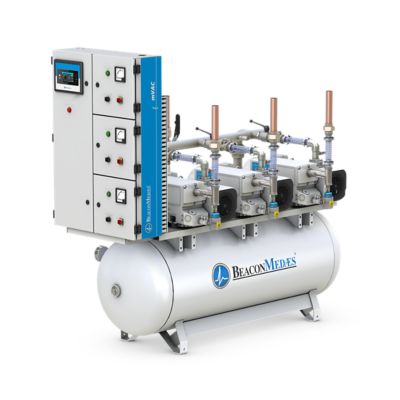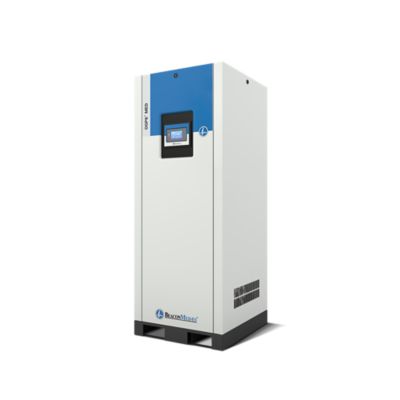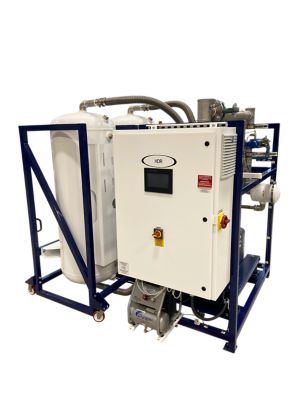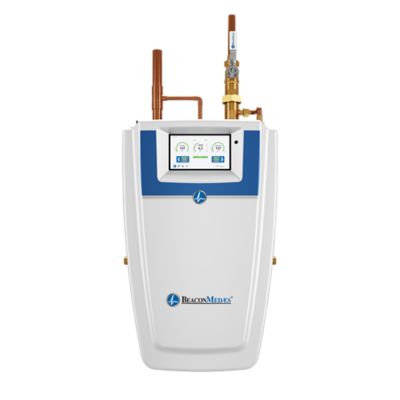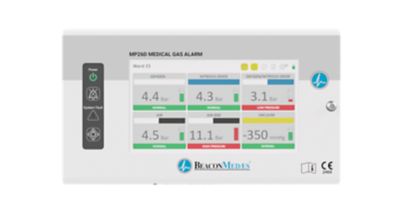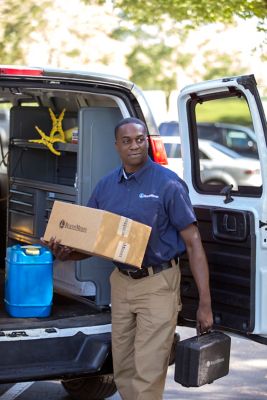Medical Gas Pipeline Solutions for Healthcare Excellence
We offer a wide range of medical gas pipeline solutions, customized for the diverse needs of the healthcare industry. These include innovative medical air, vacuum, oxygen supply and manifold control systems. We also provide a complete range of medical gas pipeline equipment, medical gas supply units, and point-of-use products, that are designed to ensure operational excellence and safety in medical environments.
Explore how our state-of-the-art technologies and reliable solutions can enhance your healthcare facilities, providing exceptional support and efficiency to healthcare professionals and patients.
Continuous supply
We develop systems to guarantee a reliable, pure medical gas supply to support patient care. Our main priority is to always supply the patient.
Ergonomic design
We design our solutions to ensure the safety and ergonomics of healthcare personnel, improving performance and lowering injury hazards efficiently.
Sustainable & Cost-efficient
We deliver durable medical gas solutions that minimize costs and environmental impact, supporting sustainable practices.


